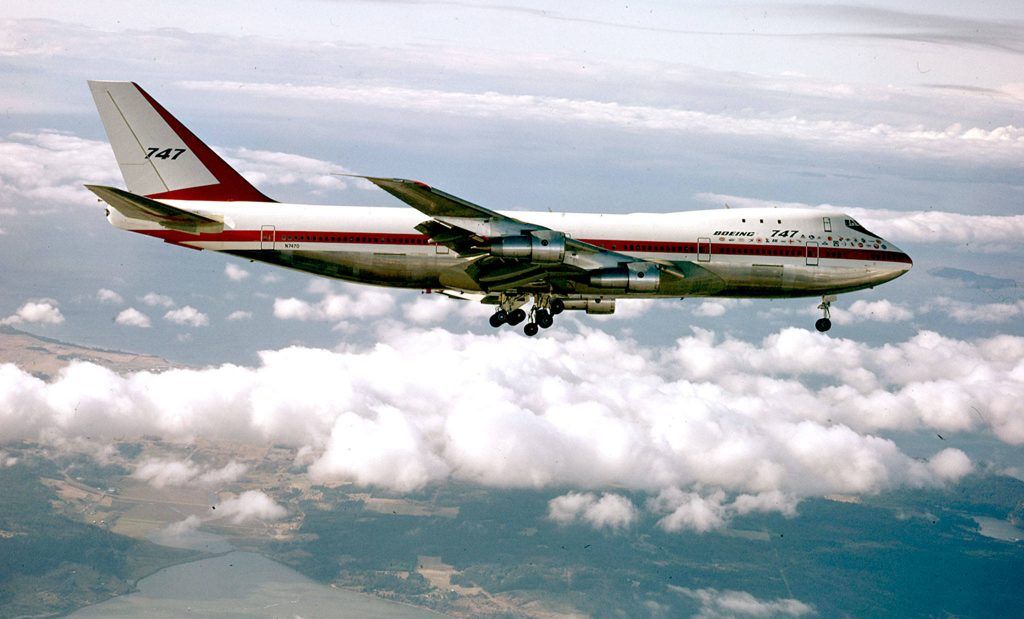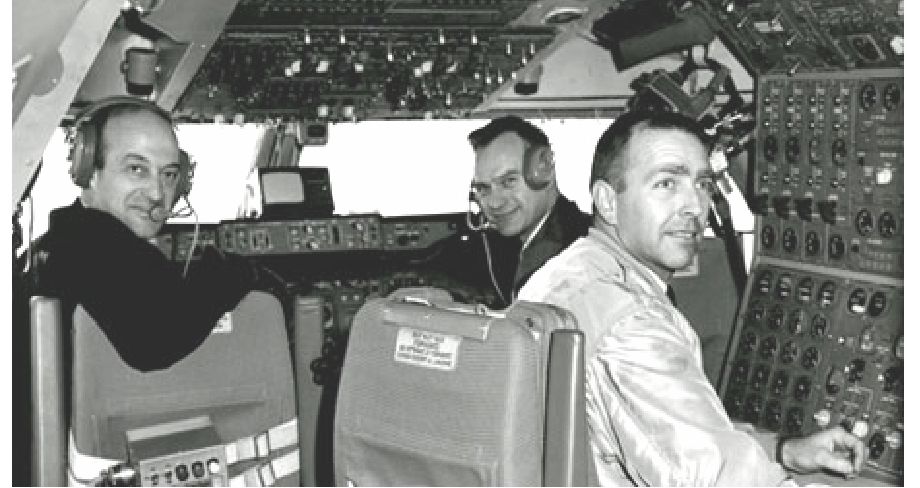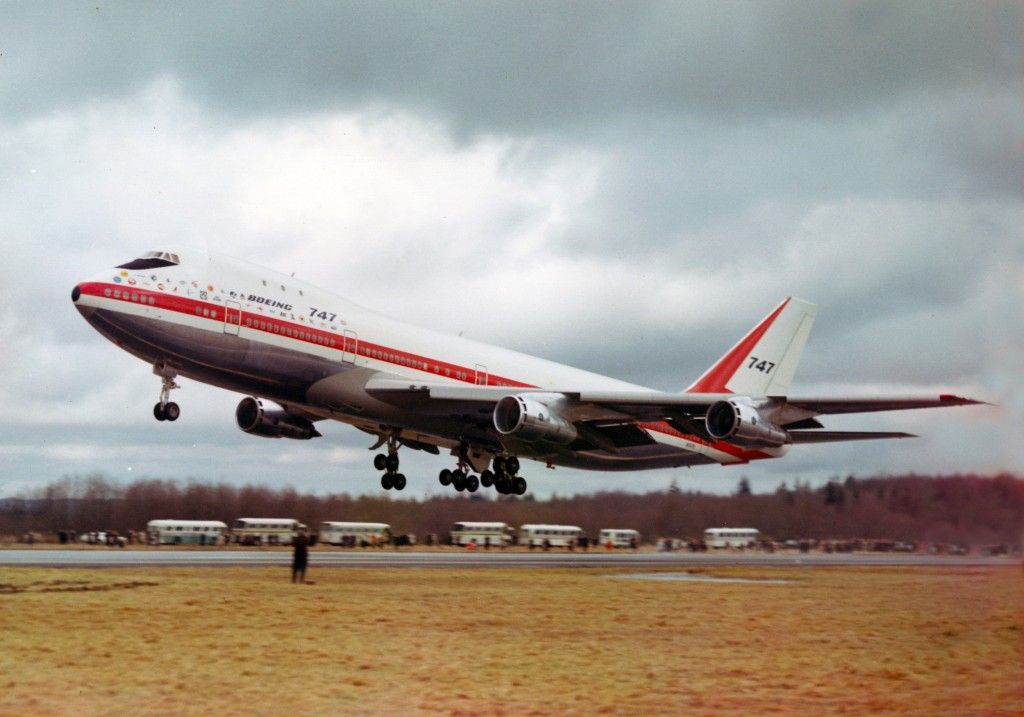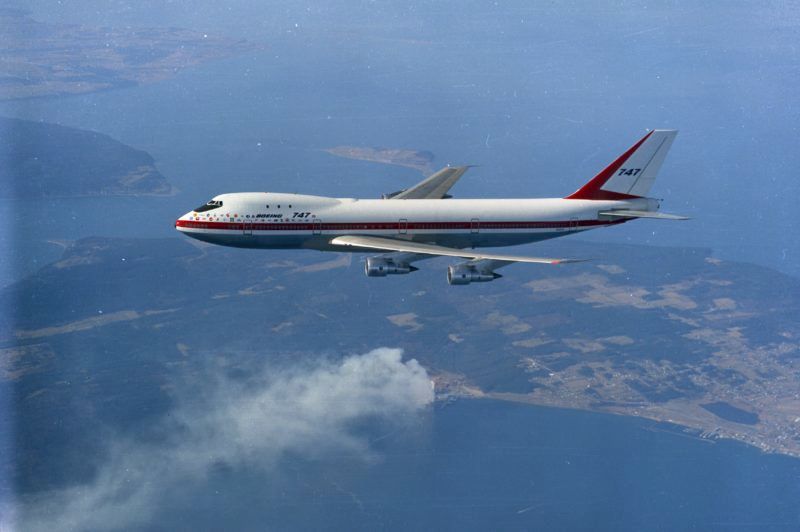More than five decades ago today, in 1969, the Boeing 747 took off for the first time. With a tail height as tall as a six-story building, everyone who witnessed this historical moment marveled at the new revolution in aviation technology, as the maiden test flight also marked the dawn of a new era - the start of the jumbo jet age.
The City of Everett takes off for the first time
Registered N7470 and christened with the nickname 'City of Everett,' the aircraft was the first-ever Boeing 747 to roll off Boeing's jumbo jet production lines and was designated with the responsibility of being a test-bed for the program.
And on February 9th, 1969, N7470 took off for the first time from Everett Paine Field as hundreds of people gathered nearby. Piloting the test flight was Boeing Chief Test Pilot Jack Waddell. He was also accompanied by Engineering Test Pilot Brien Singleton Wygle and Flight Engineer Jesse Arthur Wallick.
Although most of the morning was grey and cloudy, the weather improved and the skies grew clearer as the flight took off at approximately 11:20 that morning, with Waddell easing the throttles forward to allow the N7470 to accelerate down the runway. The aircraft reached speeds of roughly 263.93 kilometers per hour when its nose lifted, and its wheels were off the runway.
Love aviation history? Discover more of our stories here!
Encountering a small hump of turbulence
Once they reached the required test altitude, the three-person crew onboard N7470 did their jobs and performed several necessary tests before the Federal Aviation Administration could certify the Boeing 747 for commercial use.
These tests included a simulated loss of hydraulic power and recovery and various intentional cross-control maneuvers like the Dutch Roll. Additionally, Waddell was keen to test the structural integrity of the aircraft engines. He was concerned that the engines could suffer compressor stalls as the aircraft pitched skyward and might all do so simultaneously.
While the engines and overall tests were fine, the maiden test flight was not without some turbulence. When the three-man crew extended the flaps from 25 to 30 degrees, they felt the aircraft shake and vibrate anxiously. The lever was immediately moved back to 25 degrees, and Wallick went to the back to investigate.
Want answers to more key questions in aviation? Check out the rest of our guides here!
Landing back home in under two hours
When he returned, however, the news wasn't great as he announced that a section of flaps on the right wing had loosened. A decision was made to end the test flight prematurely, but N7470 was allowed to continue flying for a planned air-to-air photography with an accompanying Boeing 727.
The images from this photoshoot would see the Boeing 747's iconic silhouette in flight against the scenic Washington state background. Once the photoshoot was finished, N7470 performed a butter landing at Everett Paine Field at approximately 12:50.
The landing speed during its first touchdown was about 241.4 kilometers per hour. When he was interviewed after the test flight, Waddell expressed in delight:
"The Boeing 747 is a pilot's dream; it's a two-finger airplane. I only needed to move my forefinger and thumb around the control wheel to fly it, and it gave responsive movements."
Although the Boeing 747's first flight lasted for less than two hours and was stopped short due to some issues, the maiden voyage was still undoubtedly a success. Most significantly, it changed the world and aviation history forever.





